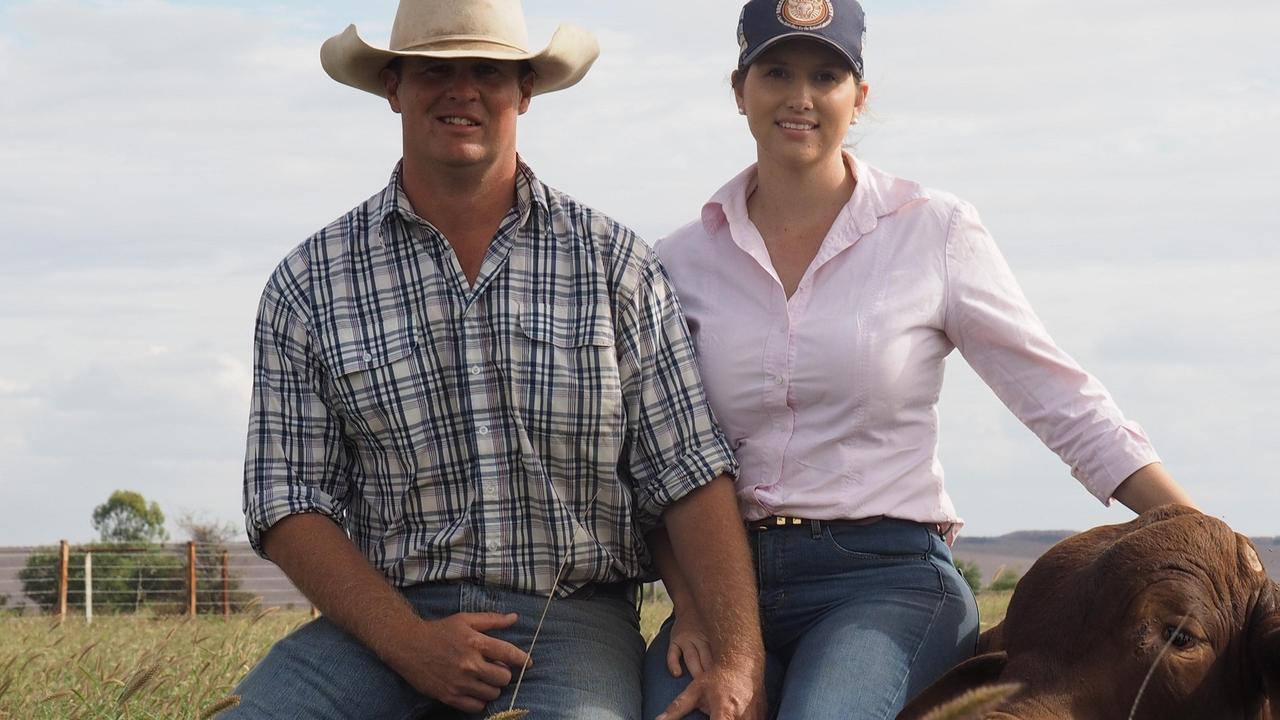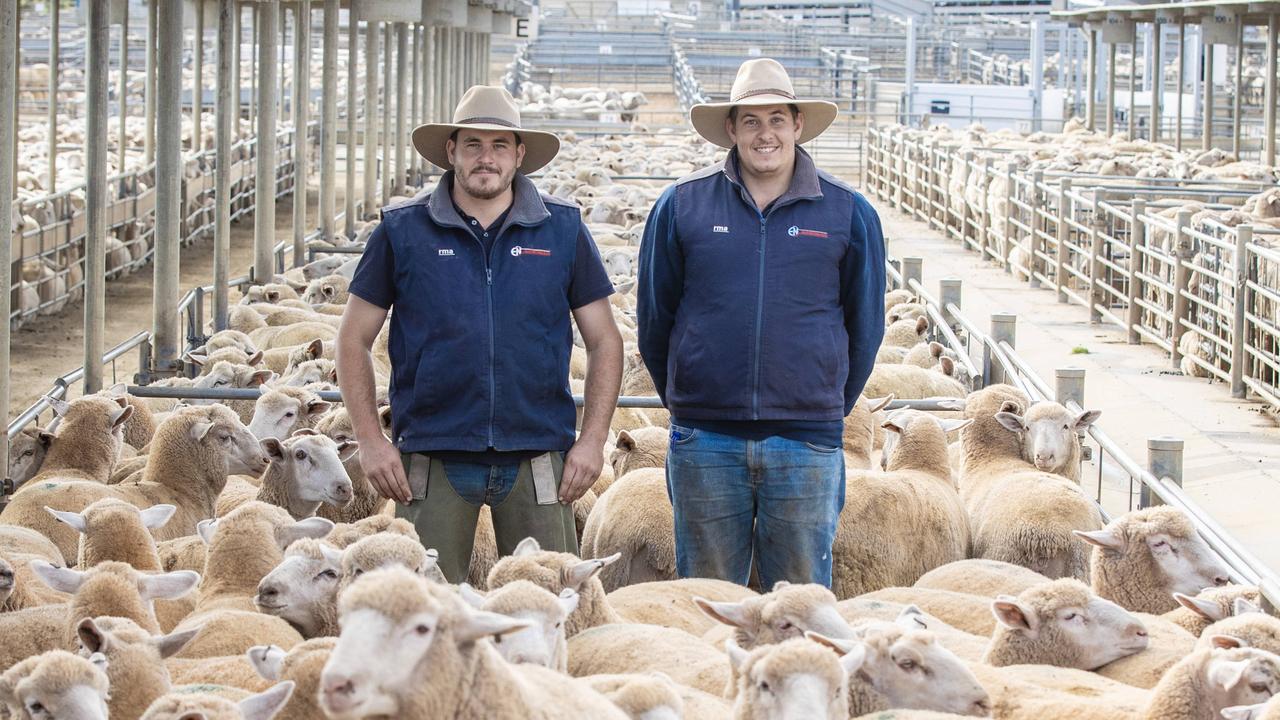Analysis: Why heavy first cross ewes are no longer in favour
Big first cross ewes aren’t attracting the premiums they used to, revealed in our special analysis. See the figures.
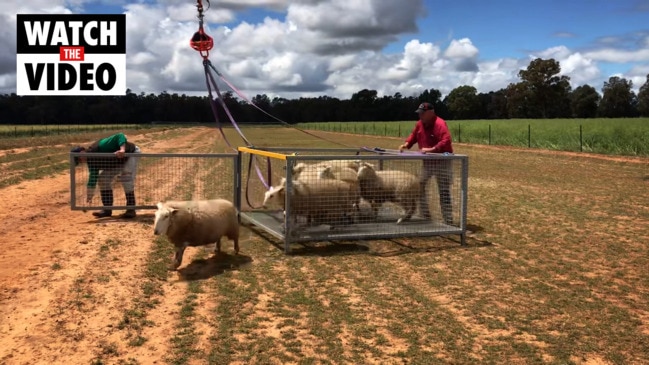
Big, bigger, best. Maybe, just maybe, that thinking needs to be reconsidered when it comes to breeding first-cross ewes.
Do buyers really want thumping big maiden ewes that already average 80kg liveweight at 1½ years?
It was a question raised at Bendigo last week after the special sale threw up some erratic results, particularly in the opening laneway which had most of the super-sized sheep.
When prices are analysed by weight, the categories of ewe to record the biggest price corrections on a year ago were the heavier weights.
The table on this page shows a breakdown of price averages by ewe and lamb weights, comparing last Friday’s sale to the opening first-cross market at Bendigo a year ago. Data is courtesy of AuctionsPlus, which interfaced with the live bidding at both events.
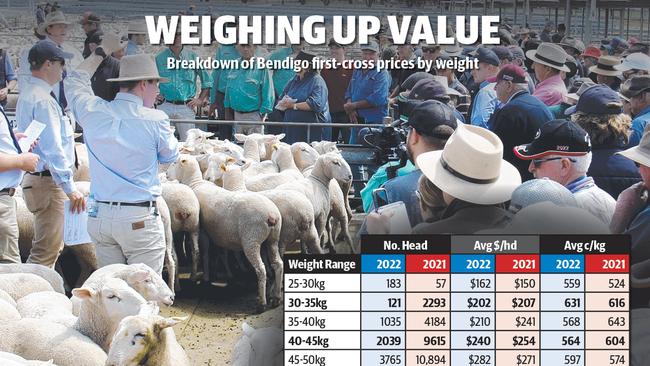
Grown ewes in the 75-80kg weight range dropped $140 on last year, averaging $337 against $474 in 2021.
They also had the lowest cents per kilogram liveweight cost, averaging 440c.
The biggest ewes at more than 80kg averaged $390 against $504 a year ago.
And interestingly, there were three times as many of them this year, due in part to the big season but also the influence of genetics and larger rams and ewes being bred.
Move down into the middle-run ewes and the 50-65kg ewes (which would have included some of the lead ewe lambs) averaged $290 to show a milder correction of $80 on a year ago. The 60-65kg ewes averaged $298 to be about $100 shy of 12 months ago.
There could have been a dollar-per-head factor at play in these outcomes as buyers purchased to price limits.
There was feedback of a $350 cut-off point for a lot of people. It means competition becomes naturally concentrated on the middle runs. But what threw agents was that some of these buyers didn’t step into the market when there were lead run ewes, with big weights, selling for $300 to $350.
In the first laneway there were 80kg-plus ewes that sold down to $342.
Elders auctioneer Nigel Starick said the size factor had crossed his mind, as even with all the wildcard factors such as mulesing, OJD vaccinations, vendor reputations and repeat buyers affecting price, there were some results last week that were surprising.
“I think there is potentially something there (in regards to ewe size and buyers not being overly keen for super-sized ewes carrying a lot of fat),’’ he said.
“There could be some relevancy to it for sure.’’
The Weekly Times was prompted to investigate ewe price by size after observing a change in attitude among buying crowds towards really big ewes.
The shift has been noticed over years.
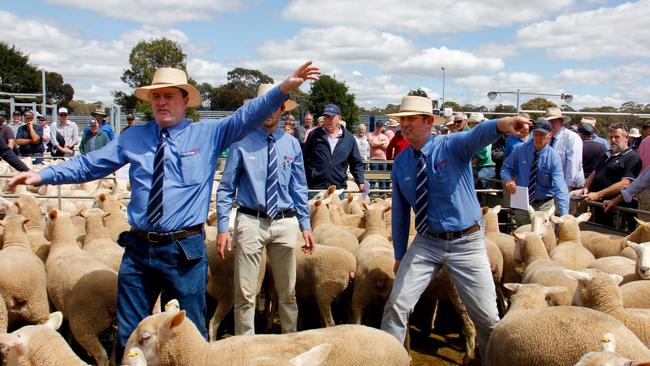
To put it in context, many, many years ago I can recall being at the feature Naracoorte first-cross sales and, like others, expressing awe at these huge ewes, which at the time made big money.
Now the comments tend to be less favourable.
It was picked up by The Weekly Times last year when shearers commented on how first-cross ewes were getting too big, and how amid the shortage of shearers some were opting to walk away from properties with super-sized sheep.
Some negative comments made last week included: “You are really just paying for a lot of fat on some of these big ewes”; “Fertility is never great with these real big ewes”; “They cost too much to maintain (feed wise)”.
Agent Michael White, TB White at Ballarat, said producers were possibly becoming more “mindful’’ of sheep size.
“I wouldn’t say there has been a huge shift (in thinking) but some people are mindful of it,’’ he said.
“We have clients who don’t want ewes that grow too big as they just find them too difficult to handle.’’
Noted first-cross ewe specialist Lynda Cartwright said she was not sure there was a sustained future in really big ewes.
“You have to shove a lot more feed into them, their weight can create feet issues in wet years and I’m not sure that an 85kg ewe is any more productive and produces a better lamb than a more moderate 70-75kg,’’ she said.
The cattle industry has producers that revolve production around running more stock and selling calves that are well bred but at lighter weights.
Looking at the price results from Bendigo, seen in the table, maybe it is an option for crossbred ewe breeders to consider.



